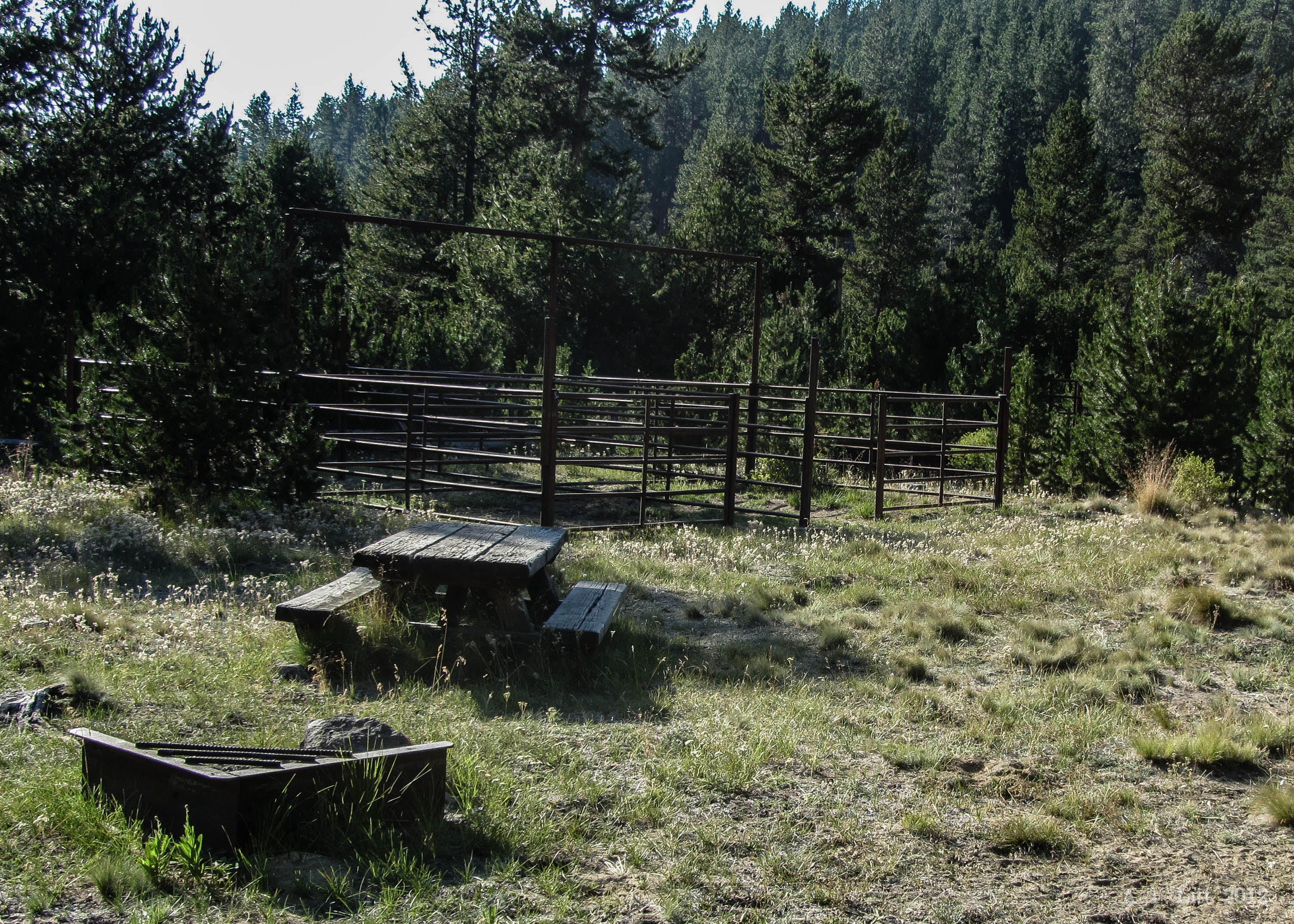-
The Western Association of Fish & Wildlife Agencies released a report declaring that invasive plants, especially cheatgrass, is an enormous threat to the sagebrush ecosystem and sage grouse. Ironically the report emphasized that invasive weeds are a threat to the livestock industry as well. The reason it is ironic is that across the West livestock…
-
I recently attended a presentation on invasive weeds by a representative of the Deschutes National Forest. The problem with the presentation was that it promoted and legitimized an industrial paradigm to weed threats. The Forest Service (FS) promotes an Industrial Forestry Paradigm that treats the symptoms, not the causes of ecological degradation. The biggest factors…
-
This editorial from Gary Burhue of the Oregon Farm Bureau was written in response to an earlier editorial I had written questioning the impoverishment of the Deschutes River by Ag water withdrawals. This editorial and a previous editorial from Coalition for the Deschutes leaves out critical information in an effort to defend the misuse of…
-
This past winter, the Bureau of Land Management (BLM) began preparing two Environmental Impact Statements to review the environmental of consequences creating a region-wide series of “fuel breaks” that will add thousands of miles of new linear non-sagebrush habitat across the Great Basin portion of Nevada, Idaho, Oregon and Utah. The goal of fuel breaks…
-
What would you think if you bought a house and after paying for the property, the current owners refused to vacate the property? Worse, yet, the previous owners continued to run their business utilizing your property for their private profit, while degrading the property’s value? Would you not be outraged? That is exactly what…
-
In a March 26th Times News article, Karen Launchbaugh, a University of Idaho range professor, propagandized misleading ideas about livestock grazing. Like nearly all range professor, Ms. Launchbaugh, sees her job as promoting livestock grazing. I know because I studied range management both as an undergraduate and in grad school, so familiar with the emphasis…
-
Recently I attended a meeting with the Bridger Teton National Forest (BTNF) officials to discuss future grazing plans for the Upper Green River grazing allotment. The allotment, one of the most outstanding wildlife areas in the Greater Yellowstone Ecosystem, contains the headwaters of the Green River and lies north of Pinedale Wyoming between the Wind…
-
The Idaho BLM is proposing to remove juniper from over 600,000 acres of land in the Owyhee River area of southern Idaho ostensibly to benefit nesting sage grouse. Sage grouse avoid treed areas, so the idea is to cut down juniper to increase sage grouse habitat quality. While there is no doubt from the literature…

George Wuerthner is an ecologist and writer who has published 38 books on various topics related to environmental and natural history. He has visited over 400 designated wilderness areas and over 200 national park units.
